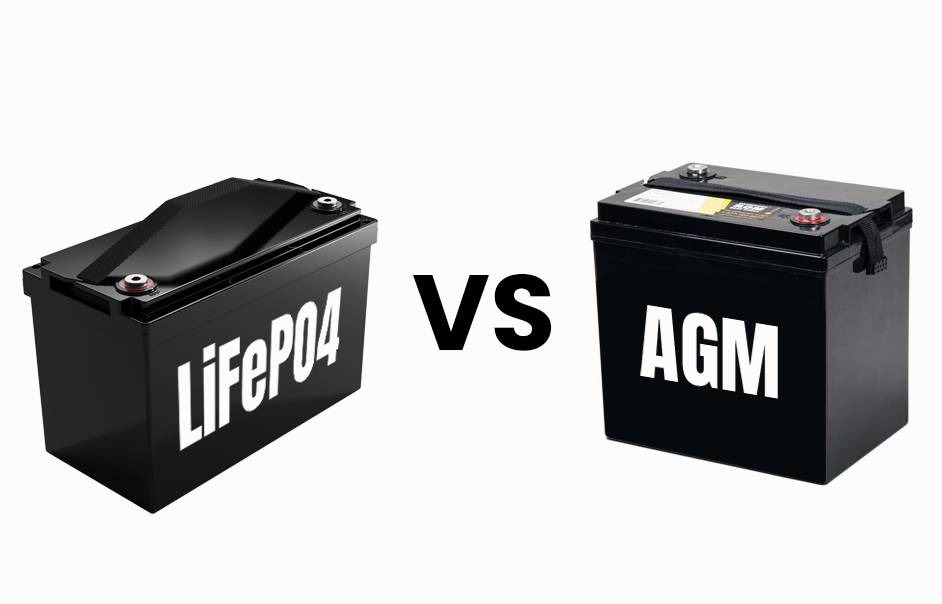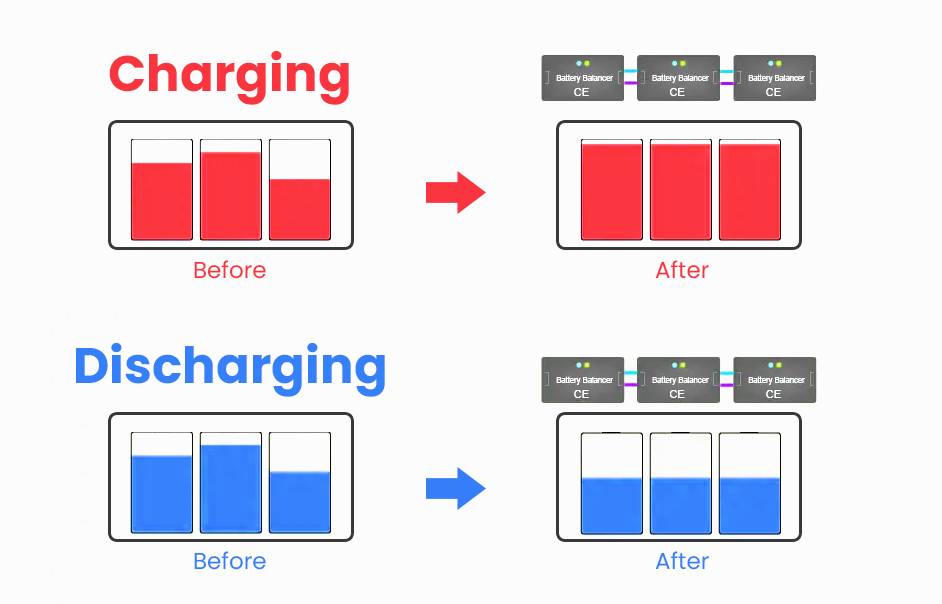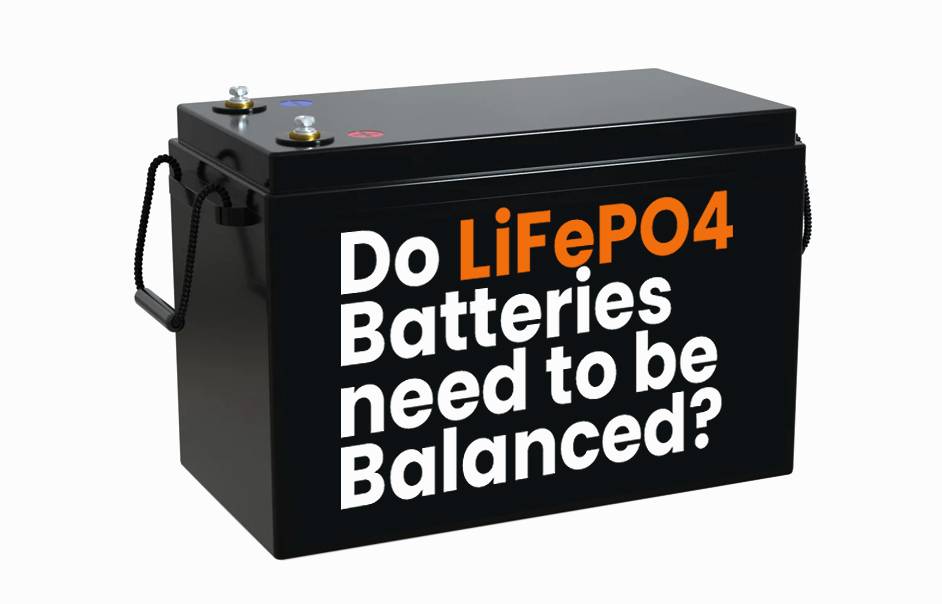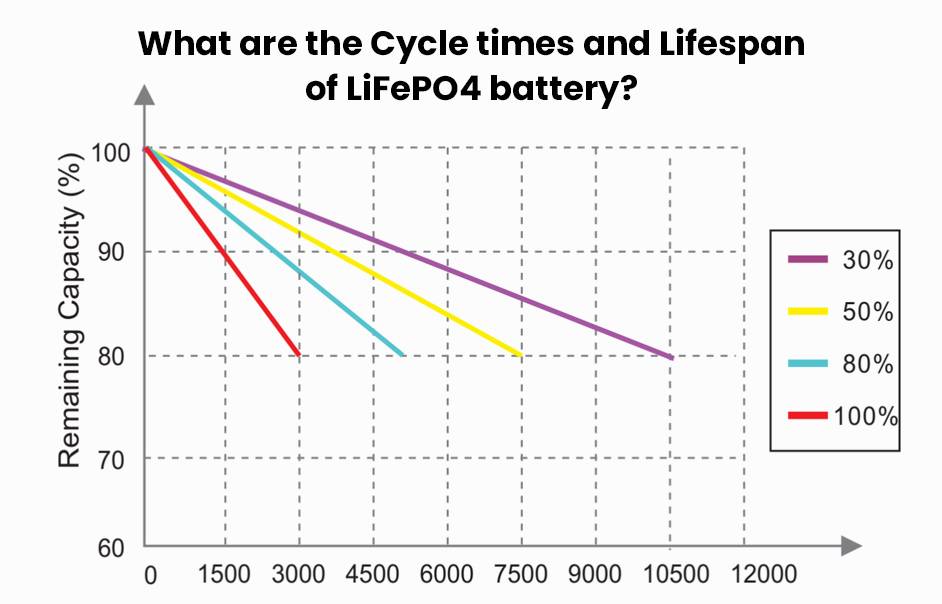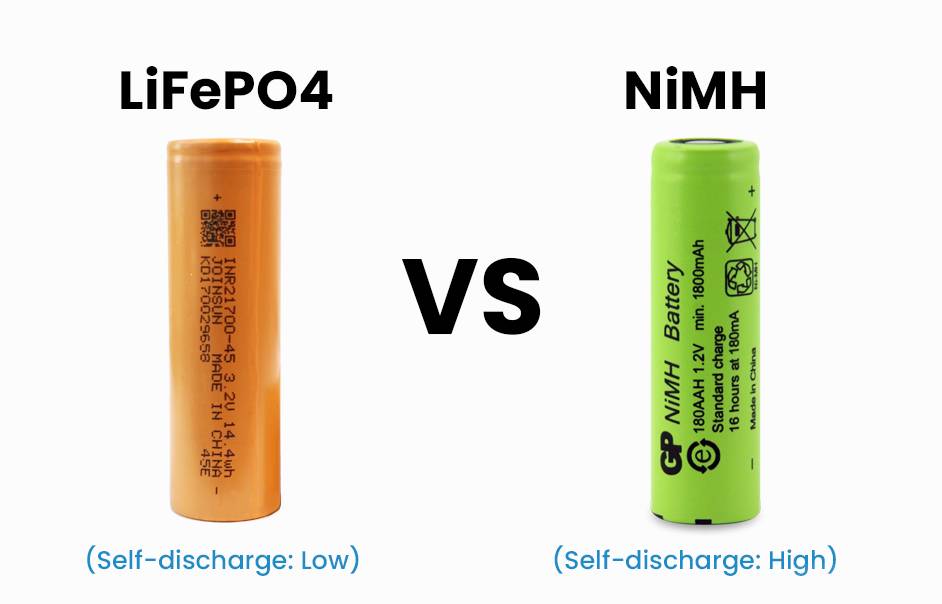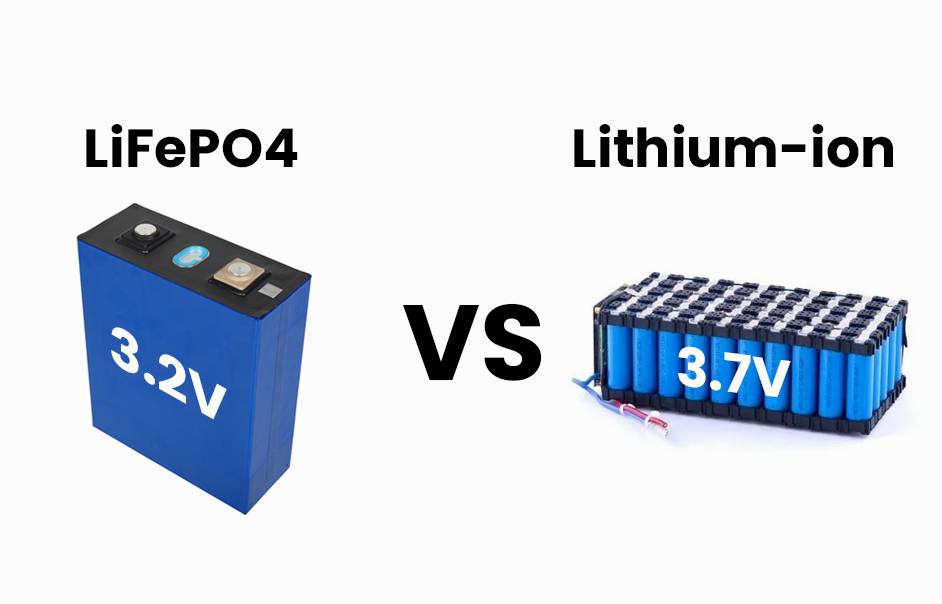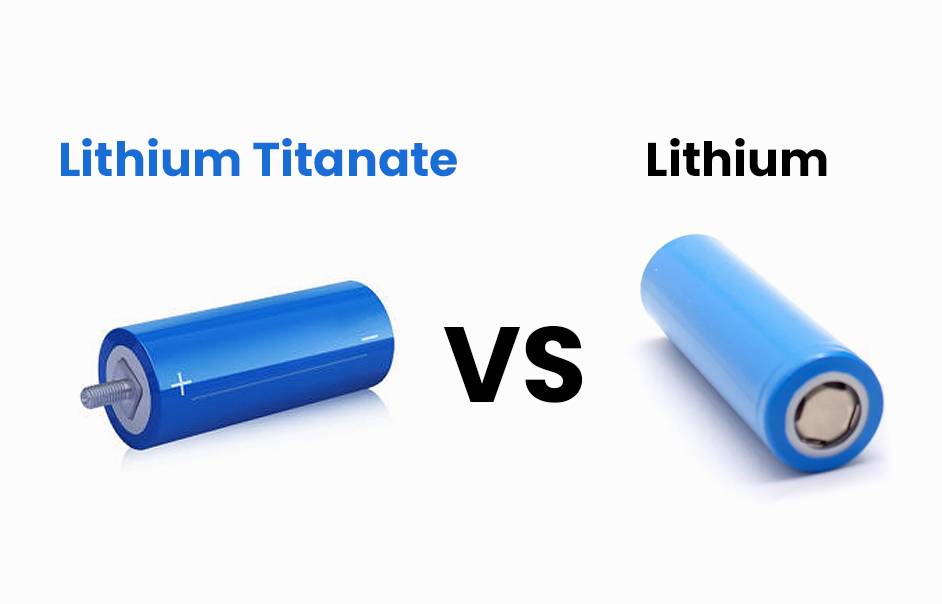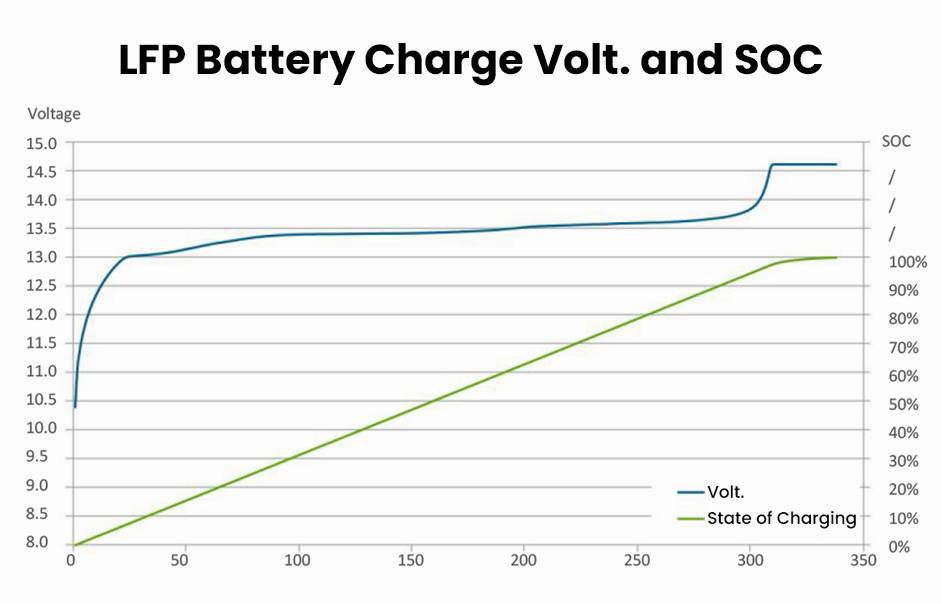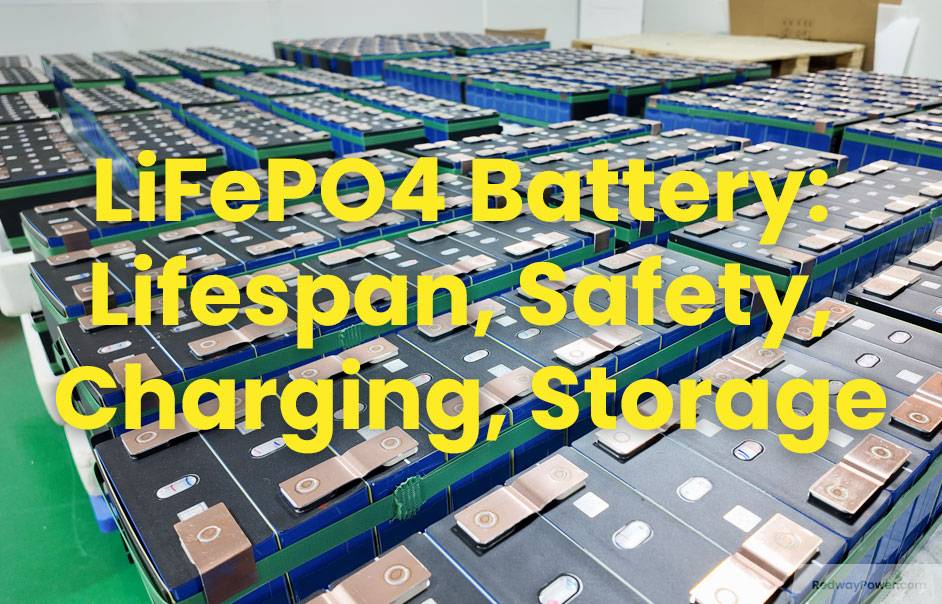- Forklift Lithium Battery
-
48V
- 48V 210Ah
- 48V 300Ah
- 48V 420Ah (949 x 349 x 569 mm)
- 48V 420Ah (950 x 421 x 450 mm)
- 48V 456Ah
- 48V 460Ah (830 x 630 x 590 mm)
- 48V 460Ah (950 x 421 x 450 mm)
- 48V 460Ah (800 x 630 x 600 mm)
- 48V 460Ah (820 x 660 x 470 mm)
- 48V 500Ah
- 48V 560Ah (810 x 630 x 600 mm)
- 48V 560Ah (950 x 592 x 450 mm)
- 48V 600Ah
- 48V 630Ah
-
48V
- Lithium Golf Cart Battery
- 12V Lithium Battery
12V 150Ah Lithium RV Battery
Bluetooth App | BCI Group 31
LiFePO4 Lithium
Discharge Temperature -20°C ~ 65°C
Fast Charger 14.6V 50A
Solar MPPT Charging - 24V Lithium Battery
- 36V Lithium Battery
- 48V Lithium Battery
-
48V LiFePO4 Battery
- 48V 50Ah
- 48V 50Ah (for Golf Carts)
- 48V 60Ah (8D)
- 48V 100Ah (8D)
- 48V 100Ah
- 48V 100Ah (Discharge 100A for Golf Carts)
- 48V 100Ah (Discharge 150A for Golf Carts)
- 48V 100Ah (Discharge 200A for Golf Carts)
- 48V 150Ah (for Golf Carts)
- 48V 160Ah (Discharge 100A for Golf Carts)
- 48V 160Ah (Discharge 160A for Golf Carts)
-
48V LiFePO4 Battery
- 60V Lithium Battery
-
60V LiFePO4 Battery
- 60V 20Ah
- 60V 30Ah
- 60V 50Ah
- 60V 50Ah (Small Size / Side Terminal)
- 60V 100Ah (for Electric Motocycle, Electric Scooter, LSV, AGV)
- 60V 100Ah (for Forklift, AGV, Electric Scooter, Sweeper)
- 60V 150Ah (E-Motocycle / E-Scooter / E-Tricycle / Tour LSV)
- 60V 200Ah (for Forklift, AGV, Electric Scooter, Sweeper)
-
60V LiFePO4 Battery
- 72V~96V Lithium Battery
- Rack-mounted Lithium Battery
- E-Bike Battery
- All-in-One Home-ESS
- Wall-mount Battery ESS
-
Home-ESS Lithium Battery PowerWall
- 24V 100Ah 2.4kWh PW24100-S PowerWall
- 48V 50Ah 2.4kWh PW4850-S PowerWall
- 48V 50Ah 2.56kWh PW5150-S PowerWall
- 48V 100Ah 5.12kWh PW51100-F PowerWall (IP65)
- 48V 100Ah 5.12kWh PW51100-S PowerWall
- 48V 100Ah 5.12kWh PW51100-H PowerWall
- 48V 200Ah 10kWh PW51200-H PowerWall
- 48V 300Ah 15kWh PW51300-H PowerWall
PowerWall 51.2V 100Ah LiFePO4 Lithium Battery
Highly popular in Asia and Eastern Europe.
CE Certification | Home-ESS -
Home-ESS Lithium Battery PowerWall
- Portable Power Stations
What You Need to Know About LiFePO4 Temperature Range and Performance
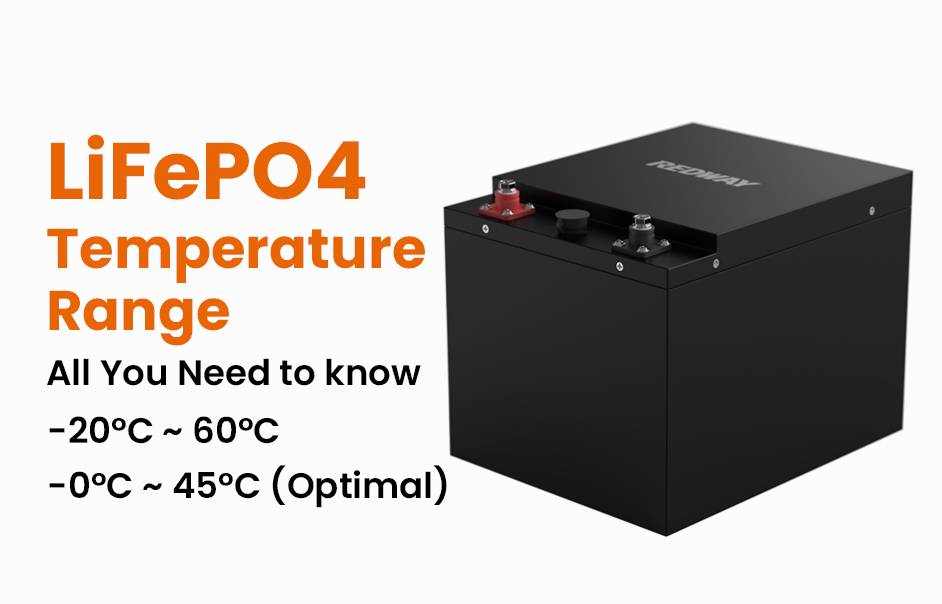
LiFePO4 (Lithium Iron Phosphate) batteries are known for their stability, safety, and longevity, making them a popular choice for various applications. Understanding their temperature range and performance characteristics is crucial for maximizing their effectiveness and lifespan.
What You Need to Know About LiFePO4 Temperature Range and Performance?
LiFePO4 batteries operate effectively within a specific temperature range, typically from -20°C to 60°C (-4°F to 140°F). However, optimal performance is achieved between 0°C and 45°C (32°F to 113°F). Maintaining these temperatures is essential for ensuring battery efficiency and longevity.
What is the LiFePO4 Operating Temperature Range?
The operating temperature range for LiFePO4 batteries generally spans from -20°C to 60°C. Within this range:
- Optimal Performance: Achieved between 0°C and 45°C.
- Discharge Capacity: At temperatures below 0°C, the battery’s discharge capacity can significantly decrease.
| Temperature Range | Performance Characteristics |
|---|---|
| -20°C to 0°C | Reduced capacity, increased internal resistance |
| 0°C to 45°C | Optimal performance, rated capacity achievable |
| 45°C to 60°C | Potential overheating, reduced lifespan |
How Do LiFePO4 Batteries Perform in Different Temperature Conditions?
LiFePO4 batteries exhibit varying performance based on temperature:
- At Low Temperatures: Performance declines; at -20°C, capacity can drop to around 40% of rated capacity.
- At Optimal Temperatures: Capacity reaches rated values at around 15°C and slightly exceeds it at room temperature (25°C).
- At High Temperatures: Performance can improve slightly; at 40°C, they may reach up to 120% of rated capacity.
What Are the Effects of High and Low Temperatures on Performance?
Temperature extremes can significantly impact battery performance:
- High Temperatures: Can lead to increased self-discharge rates, potential thermal runaway, and reduced cycle life.
- Low Temperatures: Result in decreased efficiency, increased internal resistance, and diminished capacity.
Why Is It Important to Maintain Optimal Temperature for LiFePO4 Batteries?
Maintaining an optimal temperature range is crucial for several reasons:
- Performance Efficiency: Ensures that the battery operates at its full potential.
- Longevity: Prolongs the life cycle of the battery by preventing damage from extreme temperatures.
- Safety: Reduces risks associated with overheating or freezing conditions.
Where Are LiFePO4 Batteries Commonly Used?
LiFePO4 batteries are widely used in various applications due to their unique properties:
- Electric Vehicles (EVs): Preferred for their safety and long cycle life.
- Renewable Energy Storage: Ideal for storing energy from solar or wind sources.
- Backup Power Systems: Used in critical facilities like data centers and hospitals.
- Marine Applications: Reliable power source for boats and yachts.
When Should You Consider Alternatives to LiFePO4 Batteries?
Consider alternatives if:
- You require a battery that performs well in extremely low temperatures (below -20°C).
- Applications demand higher energy density than what LiFePO4 offers.
For example, lithium nickel manganese cobalt (NMC) batteries might be more suitable in such cases.
Replacement Choices for Lithium-Ion Batteries
For those considering alternatives or replacements, Redway Power offers excellent lithium-ion battery solutions suitable for various applications. These batteries provide enhanced performance and longevity compared to traditional options.
Tips for Battery Wholesale Buyers
When sourcing batteries wholesale or placing OEM orders, consider working with reliable manufacturers like Redway Power, which has over 13 years of experience in lithium battery production. Ensure you verify certifications and quality standards when making your selection.
Redway Power Expert Views
“Understanding the temperature range and performance characteristics of LiFePO4 batteries is vital for effective use. By maintaining optimal conditions, users can significantly extend battery life and reliability,” states an expert from Redway Power.
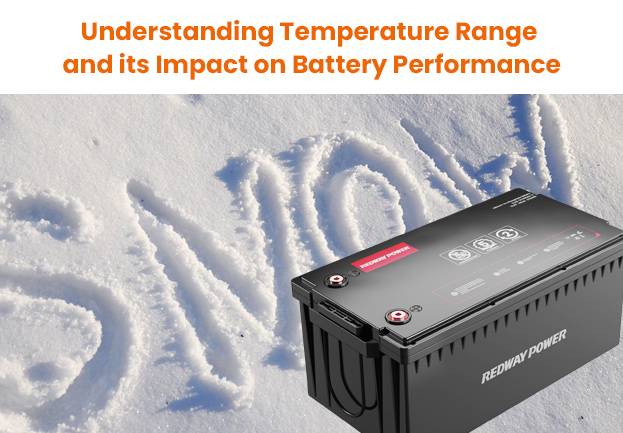
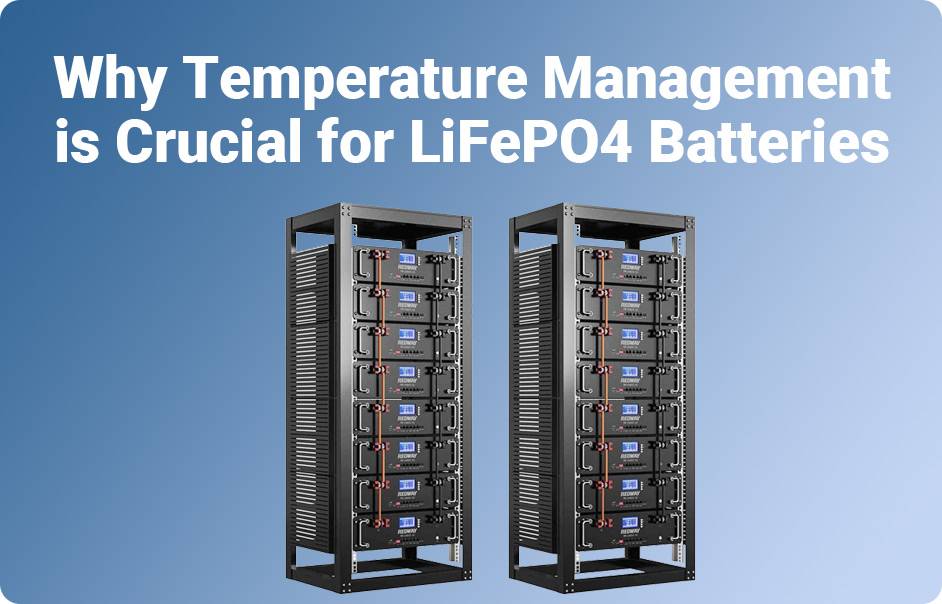
FAQs
What is the optimal temperature for LiFePO4 batteries?
The optimal temperature range for LiFePO4 (lithium iron phosphate) batteries is typically between 0°C (32°F) and 45°C (113°F). Operating within this range ensures optimal performance and longevity of the battery.
How cold is too cold for LiFePO4 batteries?
LiFePO4 batteries can tolerate cold temperatures to some extent, but prolonged exposure to temperatures below freezing (0°C or 32°F) can negatively impact their performance and overall lifespan. It’s best to avoid subjecting LiFePO4 batteries to temperatures below freezing for extended periods.
What is low temp cut off LiFePO4?
Low-temperature cutoff (LTC) for LiFePO4 batteries refers to a feature in battery management systems (BMS) that temporarily suspends charging or discharging when the battery’s temperature drops below a certain threshold. This is to protect the battery from damage and ensure its safety and longevity in cold conditions.
What are the best practices for LiFePO4 batteries?
Some best practices for LiFePO4 batteries include:
- Avoiding exposure to extreme temperatures.
- Using a compatible charger designed for LiFePO4 batteries.
- Avoiding overcharging or over-discharging the battery.
- Regularly inspecting the battery for signs of damage or deterioration.
- Storing the battery in a cool, dry place when not in use.
What temperature damages LiFePO4?
Temperatures above the recommended operating range (above 45°C or 113°F) can damage LiFePO4 batteries, leading to reduced performance, decreased lifespan, and potential safety hazards. Similarly, prolonged exposure to temperatures below freezing can also cause damage to the battery.
Can you use LiFePO4 below freezing?
LiFePO4 batteries can be used in temperatures below freezing, but their performance may be significantly reduced, and they may not deliver their full capacity. It’s essential to monitor the battery’s performance and take precautions to prevent damage, such as using insulation or warming the battery when possible.
What is the best charge setting for a LiFePO4 battery?
The best charge setting for a LiFePO4 battery depends on the specific requirements of the battery and the device it powers. Generally, charging LiFePO4 batteries to around 3.6 to 3.8 volts per cell (approximately 14.4 to 15.2 volts for a 12-volt battery) is considered optimal for balancing performance and longevity.
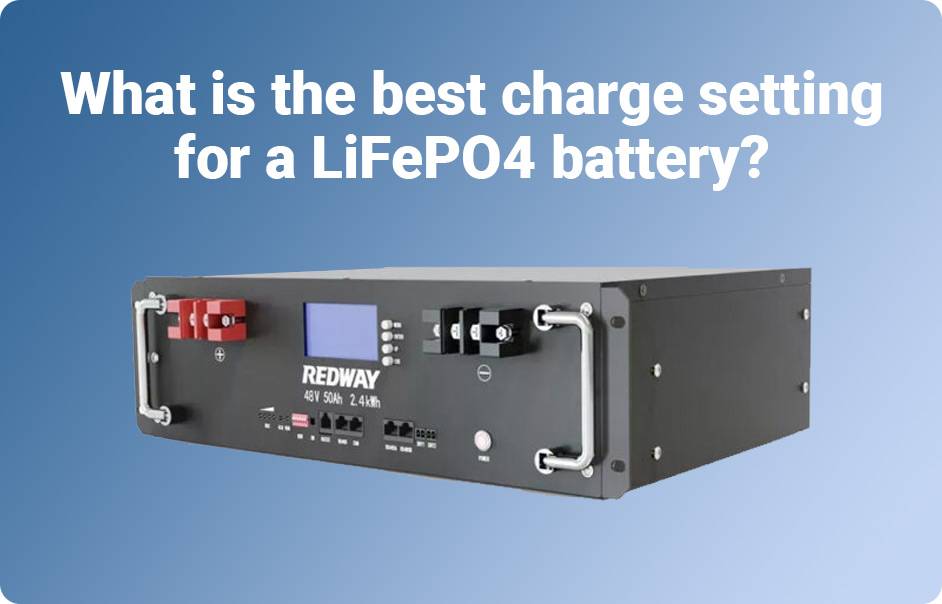
How do I keep my LiFePO4 battery warm in winter?
To keep LiFePO4 batteries warm in winter, you can:
- Use insulation around the battery to retain heat.
- Store the battery in a thermally insulated enclosure.
- Keep the battery connected to a charger or device that generates some heat.
- Use battery heating pads or blankets designed for cold weather conditions.
What is the best charge level for LiFePO4 battery?
The best charge level for a LiFePO4 battery depends on factors such as storage duration and application requirements. For long-term storage, it’s recommended to charge LiFePO4 batteries to around 50% to 70% of their capacity. For regular use, fully charging the battery is suitable, but avoid leaving it fully charged for extended periods when not in use to prolong its lifespan.
Question 1.
What is the significance of understanding the temperature range for LiFePO4 batteries?
Understanding the temperature range for LiFePO4 batteries is of utmost importance due to its profound impact on the battery’s electrochemical reactions, performance, and lifespan. The temperature within which these batteries operate optimally directly influences their efficiency, capacity, and safety. Deviations from the recommended temperature range can result in adverse effects on the battery’s overall performance and longevity. Therefore, having a thorough comprehension of the ideal temperature range is crucial for maximizing the benefits offered by LiFePO4 batteries.
How can temperature regulation systems help manage LiFePO4 batteries in extreme temperature conditions?
Temperature regulation systems play a crucial role in managing LiFePO4 batteries, especially in extreme temperature conditions. Implementing insulation or thermal management systems is essential to ensure the batteries operate within optimal conditions. By storing or operating batteries in environments within the recommended temperature ranges, we can significantly extend their longevity and efficiency. It is vital to minimize exposure to extreme conditions to maintain the overall performance of LiFePO4 batteries. Understanding and addressing the impact of temperature extremes on these batteries is key to optimizing their effectiveness. By keeping the batteries in a comfortable temperature range and employing thermal monitoring and protection mechanisms, we can enhance their safety and prevent potential hazards. This comprehensive approach to temperature regulation not only safeguards the batteries but also maximizes their performance in challenging environments.
What are the consequences of operating LiFePO4 batteries in extreme temperatures?
Extreme temperatures impact LiFePO4 batteries, affecting their performance and lifespan. High temperatures accelerate aging, leading to increased self-discharge and reduced capacity. Cold temperatures slow chemical reactions, diminishing power output and causing potential damage. To further elaborate on the consequences of operating LiFePO4 batteries in extreme temperatures, it is important to note that these temperature variations can have severe implications. Extreme cold can result in irreversible damage to battery components and elevate the risk of thermal runaway, while extreme heat can hasten degradation processes, ultimately shortening battery lifespan and jeopardizing safety. Therefore, understanding and addressing the impact of extreme temperatures on LiFePO4 batteries are essential for optimizing efficiency and extending overall performance.
What are some effective measures for managing LiFePO4 batteries in hot weather conditions?
Hot weather conditions present challenges for managing LiFePO4 batteries effectively. It is crucial to avoid exposing the batteries to extreme temperatures and store them in a cool, dry place when not in use. Temperatures above the recommended operating range (above 45°C or 113°F) can lead to reduced performance, decreased lifespan, and potential safety hazards.
In addition to temperature control, other best practices for maintaining LiFePO4 batteries in hot weather include implementing heat dissipation and cooling techniques. Proper ventilation, heat sinks, and active cooling systems are essential to dissipate heat and ensure the batteries operate within a suitable temperature range. Shielding the batteries from direct sunlight exposure is also important to prevent overheating and preserve their performance and longevity.
How do high temperatures impact LiFePO4 batteries?
Temperatures above the recommended operating range (above 45°C or 113°F) can damage LiFePO4 batteries, leading to reduced performance, decreased lifespan, and potential safety hazards. Similar to cold temperatures, high temperatures can have detrimental effects on LiFePO4 batteries. Elevated temperatures accelerate self-discharge rates, which ultimately result in reduced capacity and energy storage efficiency. Exposure to direct sunlight or excessive heat can exacerbate these effects, further compromising the overall performance and longevity of the batteries. To address these challenges, it is crucial to implement effective measures such as heat dissipation, cooling techniques, proper ventilation, heat sinks, and shielding the battery from direct sunlight exposure. By employing these strategies, the damaging impact of high temperatures on LiFePO4 batteries can be mitigated, ensuring optimal performance and safety.
How do cold temperatures affect the performance of LiFePO4 batteries?
Cold temperatures can significantly impact the performance of LiFePO4 batteries. While these batteries can tolerate cold temperatures to some extent, prolonged exposure to temperatures below freezing (0°C or 32°F) can negatively affect their performance and overall lifespan. LiFePO4 batteries may experience reduced capacity and efficiency in cold conditions, making it crucial to monitor their performance and take precautions to prevent damage, such as using insulation or warming the battery when possible.
Insulation and thermal management play a crucial role in preserving battery performance in cold weather. Insulating the battery or incorporating thermal management systems helps maintain a stable temperature and prevent excessive cooling. Additionally, battery heating solutions can be employed to raise the internal temperature and optimize performance in cold environments.
















